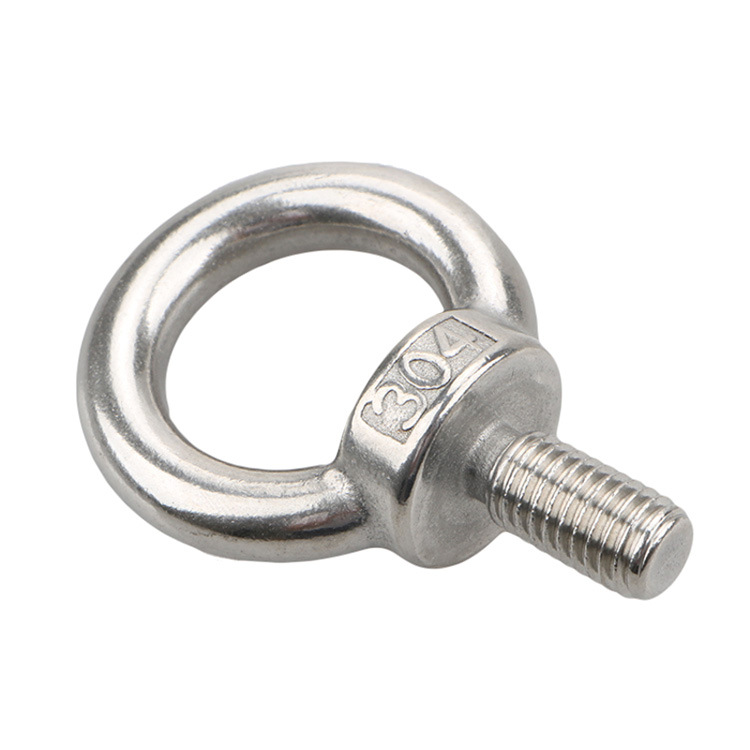Brief introduction
SUS416 is martensitic stainless steel, commonly known as stainless iron, has a certain corrosion resistance, the domestic brand is Y1Cr13, is the best stainless steel in easy cutting performance.
416 stainless steel belongs to a kind of chromium stainless steel, high chromium content, but also contains sulfur elements. Stainless steel is often used in the manufacture of various mechanical parts, such as bolts, nuts, bearings and so on. It has good processing performance, easy cutting and grinding, so it is widely used in the field of mechanical processing.
Compared with other stainless steel materials, 416 stainless steel main biggest advantage is: after heat treatment can obtain higher hardness, which is 300 series stainless steel does not have; The disadvantage is: the corrosion is slightly inferior to other stainless steel types such as 304, but after blunt 416 stainless steel its neutral salt spray test can reach 48 hours.
The chemical composition of 416
| Item | Carbon (C) | Manganese (Mn) | silicon(Si) | Phosphorus (P) | Sulfur (S) | Nickel (Ni) | Molybdenum (Mo) | Chromium (Cr) |
| SUS416 | ≤0.15 | ≤1.25 | ≤1.00 | ≤0.060 | ≤0.15 | ≤0.60 | ≤0.60 | 12.00~14.00 |
The physical properties of 416
Mechanical properties of SUS416 stainless steel:
ensile strength σb (MPa) : quenching tempering, ≥540;
Conditional yield strength σ0.2 (MPa) : quenching and tempering, ≥343;
Elongation δ5 (%) : quenching and tempering, ≥25;
Section shrinkage ψ (%) : quenching and tempering, ≥55;
Impact work Akv (J) : quenching and tempering, ≥98;
Hardness: annealing, ≤200HB; Quenching and tempering, ≥159HB.
SUS416 stainless steel heat treatment specification:
Annealing, 800 ~ 900℃ slow cooling or about 750℃ quenching;
Quenching, 950 ~ 1000℃ oil cooling;
Tempering, 700 ~ 750℃ rapid cooling.
SUS416 stainless steel microstructure:
The tissue is characterized by a Martensite pattern.












